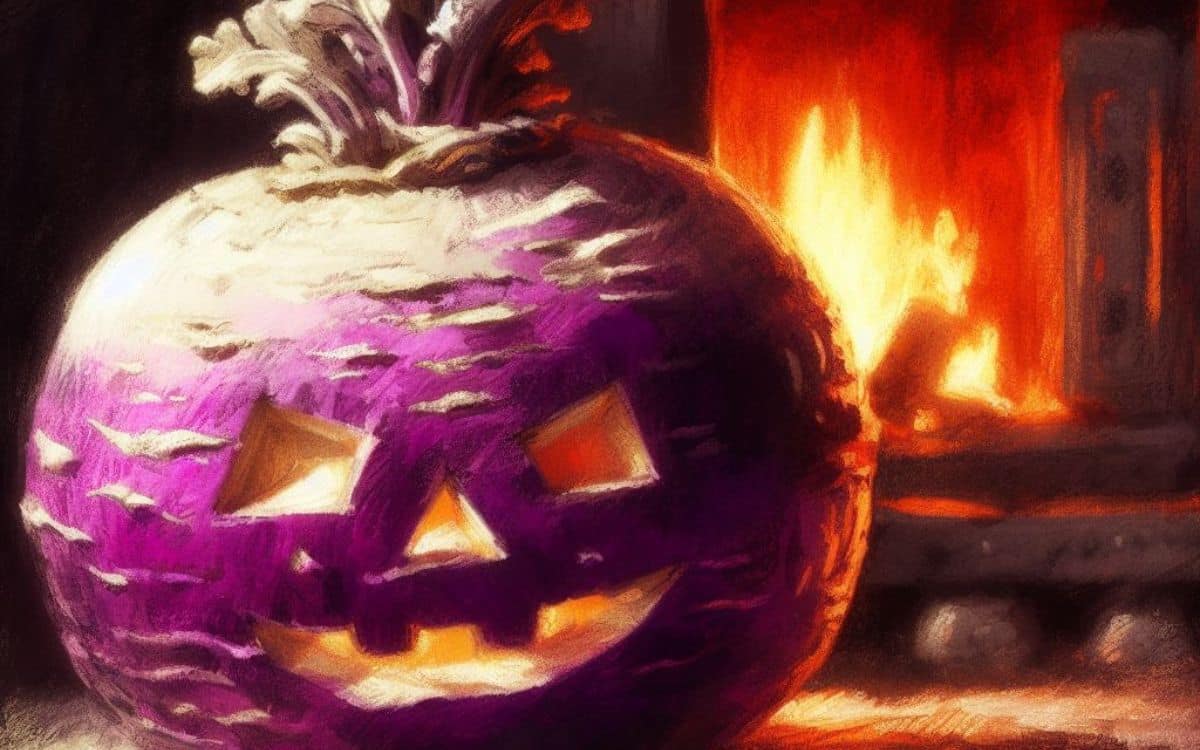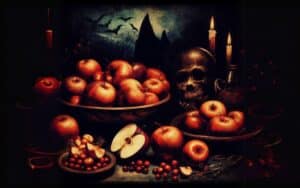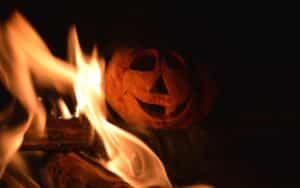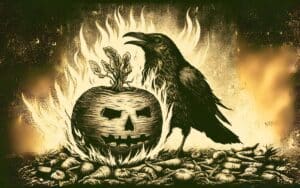Hop tu Naa on the Isle of Man shares the same night as Halloween, but it’s very much a local celebration, writes GAYLE FIDLER
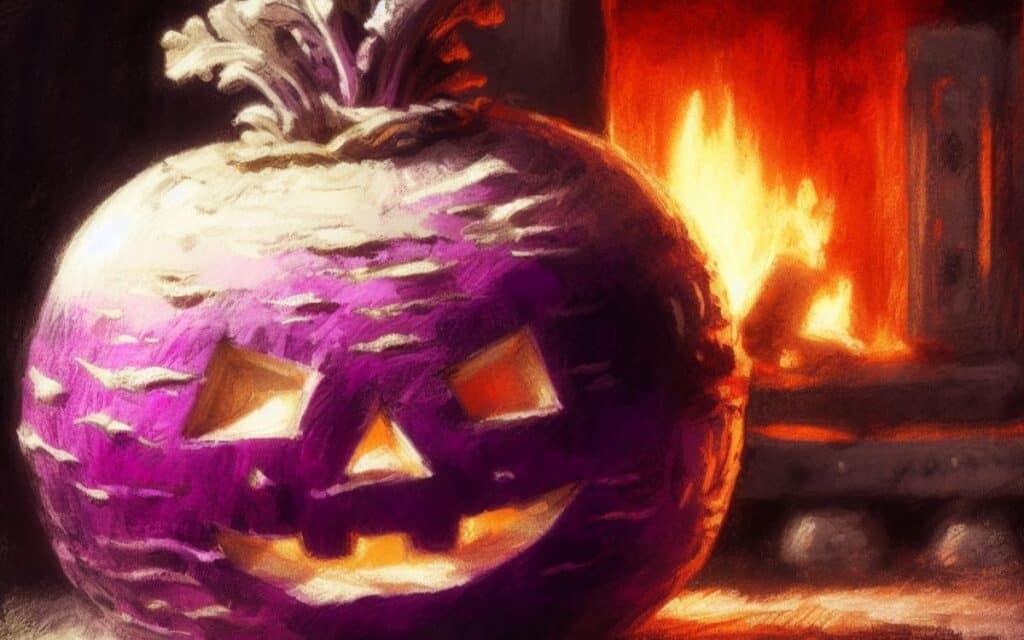
In the Isle of Man, Hop tu Naa is celebrated on 31 October. The festival marks the Celtic New Year and the start of winter. Hop tu Naa derives from the Manx Gaelic term, Shoh ta’n Oie, which means, “This is the night.” It is also called Oie Houney (November eve) or Hollantide and would have originally been celebrated on 11 November under the old calendar.
Many people wrongly assume that Hop tu Naa is another name for Halloween. However, it is a separate festival, although it has many similar traditions and customs.
What is Hop tu Naa?
Hop tu Naa celebrations, are the oldest unbroken traditions on the Isle of Man. The Manx people believe that it is a time of celebration. Families come together to feast, sing, and dance. A traditional Hop tu Naa meal is a dish made of potatoes, parsnips and fish mashed with butter. Any leftovers should be left on the table with some fresh water for the fairies (or Little People – Mooinjer Veggey in Manx) to eat.
If the Little People start to become too unruly after supper, a bonfire made from gorse can be lit to keep them at bay.
Turnips (also called moots) are hollowed out and carved with symbols. These include cats, witches, stars, moon, castles, and fishing boats.
Children go door to door, singing a folk song with turnip lanterns lit by a candle. The smell of burning turnip is remembered by many Manx people as being the smell of Hop tu Na. The lanterns are said to drive away bad spirits.
Hop tu Naa Folk Song
The Hop tu Naa folk song varies slightly from region to region and is sung in English and Manx. Today children will often be rewarded with sweets for their singing. Traditionally, they would have received herring, potatoes or bonnag which is a type of bread.
Hop-tu-Naa, Hop-tu-Naa.
Jinny the Witch she ate the horse
She ate the mane and the tail of course.
Hop-tu-Naa, Hop-tu-Naa.
Jinny the Witch she ate the cow
But how she ate it, I don’t know how.
Hop-tu-Naa, Hop-tu-Naa.
Jinny the Witch she ate the sheep
She left the wool all in a heap.
Etc
Jinny the Witch she ate the sheep
She left the wool all in a heap.
etc.
Jinny the Witch she ate the hog
She ate the cat and she ate the dog.
Jinny the Witch went into the house
She ate the ringie, she ate the mouse.
Jinny the Witch, she’ll soon be in view
And if you’re not careful she’ll eat you too.
Jinny the Witch, she’s in your house
Give us a penny and we’ll chase her out.
If you’re going to give us something give us it soon
For we want to be home by the light of the moon.
Hop-tu-Naa, Hop-tu-Naa.
Jinny the Witch is most likely to be an 18th century woman called Joney Lowney who lived in the parish of Bradden on the Isle of Man. Joney was found guilty of witchcraft after using magical practices. These included making charms and potions to help people, but also cursing those who she felt had harmed the poor. Joney was sentenced to imprisonment and made to stand at four market crosses wearing only a sackcloth.
Divination on the Isle of Man
Hop tu Naa is also a time when Manx people practice divination to predict their future. One popular custom is the making and eating of Soddag Valloo. This is a cake that is baked in complete silence. Ingredients are flour, eggs, oats, eggshells, and soot.
Traditionally, women of the household would make the cake together. It would be hand patted and made into three corners. Once cooked, it would be eaten in silence and then the women would go to bed. However, they must walk backwards all the way. Once in bed, tradition states that they would dream of their future husband.
Another form of divination is the stealing of a salted herring from a neighbour’s house. This must be done in the dark, without getting caught. The whole herring must be eaten, including skin and bones. No water should be drunk to wash it down. Once again, walk to bed backwards and undress in the dark. It was believed, that after doing this you would receive a vision of your future.
These are just a few of many Isle of Man customs which have been passed down over generations to celebrate Hop tu Naa. The festival is a magical time for Manx people. They are very proud of their long-standing traditions, many of which continue to this day.
Tell us your thoughts on Hop tu Naa in the comments section below!

